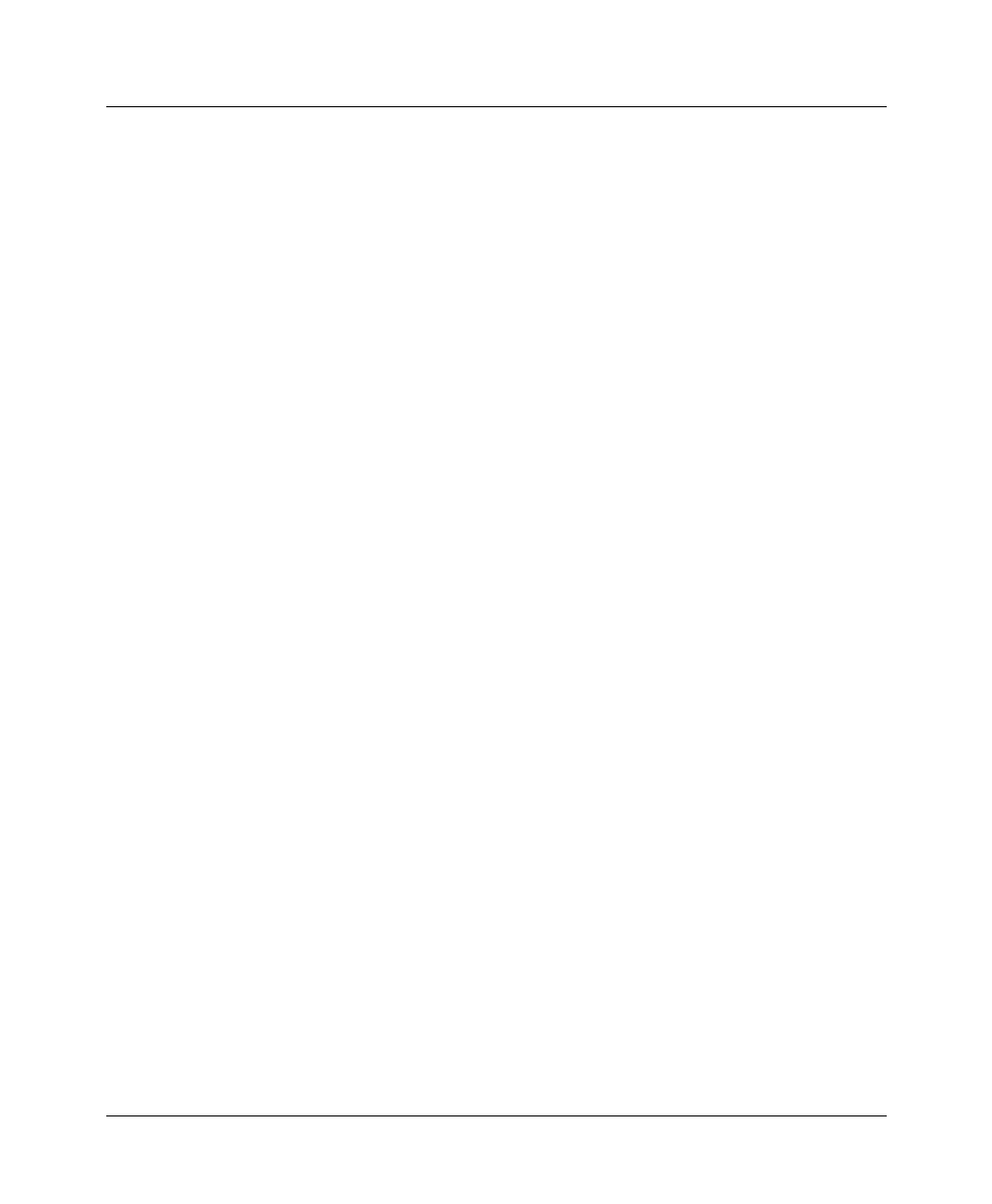User`s guide
Table Of Contents
- Ascend Customer Service
- How to use this guide
- What you should know
- Documentation conventions
- How to use the on-board software
- Manual set
- Configuring WAN Connections
- Configuring IP Routing
- Introduction to IP routing on the Pipeline
- Managing the routing table
- Parameters that affect the routing table
- Static and dynamic routes
- Configuring static routes
- Specifying default routes on a per-user basis
- Enabling the Pipeline to use dynamic routing
- Route preferences
- Viewing the routing table
- Fields in the routing table
- Removing down routes to a host
- Identifying Temporary routes in the routing table
- Configuring IP routing connections
- Ascend Tunnel Management Protocol (ATMP)
- IP Address Management
- Connecting to a local IP network
- BOOTP Relay
- DHCP services
- Dial-in user DNS server assignments
- Local DNS host address table
- Network Address Translation (NAT) for a LAN
- Configuring IPX Routing
- How the Pipeline performs IPX routing
- Adding the Pipeline to the local IPX network
- Working with the RIP and SAP tables
- Configuring IPX routing connections
- Configuring the Pipeline as a Bridge
- Defining Filters and Firewalls
- Setting Up Pipeline Security
- Pipeline System Administration
- Pipeline 75 Voice Features
- IDSL Implementations
- APP Server utility
- About the APP Server utility
- APP Server installation and setup
- Configuring the Pipeline to use the APP server
- Using App Server with Axent SecureNet
- Creating banner text for the password prompt
- Installing and using the UNIX APP Server
- Installing and using the APP Server utility for DO...
- Installing and using the APP Server utility for Wi...
- Installing APP Server on a Macintosh
- Troubleshooting
- Upgrading system software
- What you need to upgrade system software
- Displaying the software load name
- The upgrade procedure
- Untitled

Defining Filters and Firewalls
Working with predefined call filters
Pipeline User’s Guide Preliminary January 30, 1998 6-25
This example SNEP filter is intended to be applied as a data filter on the Ethernet
interface. To create a SNEP data filter for the Ethernet interface of the Pipeline,
create a new Filter profile and define the following Input filters:
In filter 01...Generic...Forward=No
In filter 01...Generic...Offset=30
In filter 01...Generic...Length=2
In filter 01...Generic...Mask=ffff000000000000
In filter 01...Generic...Value=0457000000000000
In filter 01...Generic...Compare=Equals
In filter 01...Generic...More=No
In filter 02...Generic...Forward=No
In filter 02...Generic...Offset=33
In filter 02...Generic...Length=2
In filter 02...Generic...Mask=ffff000000000000
In filter 02...Generic...Value=0457000000000000
In filter 02...Generic...Compare=Equals
In filter 02...Generic...More=No
In filter 03...Generic...Forward=Yes
In filter 03...Generic...Offset=0
In filter 03...Generic...Length=0
In filter 03...Generic...Mask=0000000000000000
In filter 03...Generic...Value=0000000000000000
In filter 03...Generic...Compare=Equals
In filter 03...Generic...More=No
If you have enough Output filters available in the NetWare Call filter (for
example, when you don’t extend the filter to include RIP as described in
“Extending the predefined filter for RIP packets” on page 6-23, or if you’re using
NetWare 4.0 or higher and you don’t need the predefined SAP filters) you could
choose instead to include these SNEP filters as Output filters in the Call Filter.










